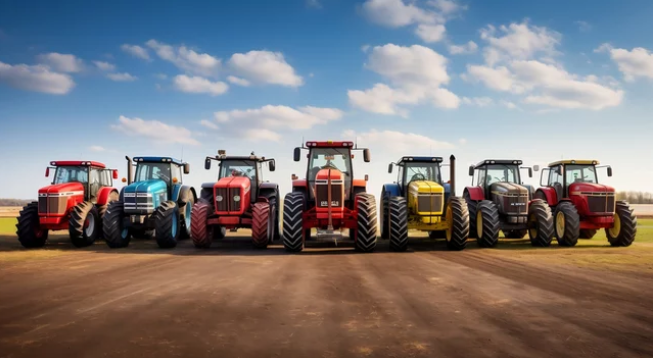
BLOG
Very encouraging tractor sales in South Africa

I have been closely following South Africa's monthly tractors sales data, and the results continue to surprise me. Since April 2020, the monthly sales have remained positive, registering an average of 26% y/y growth over the past 31 months.
When this year started, I thought the farmers would reduce spending as fertilizer, agrochemicals and fuel prices increased aggressively along with a rise in the interest rates, all of which added financial pressure on farmers.
I also assumed that the two years of solid sales – 2020 and 2021 – would mean farmers would see a limited need to replace the tractors. But the data has proven me wrong, with tractor sales seeing an average of 20% y/y growth over the past ten months of this year.
The major surprise came with October 2022 tractor sales data released this week. The sales were up 48% y/y from October 2021, amounting to 1 268 units, the highest in 40 years.
Several factors explain this solid activity. But at the core, it's the reasonably healthy financial condition of some farmers, specifically the grains and oilseeds. This is the only subsector of agriculture that has experienced better conditions over the past three years.
Grain prices were higher even before the Russia-Ukraine war. The drought in South America and rising demand for grains and oilseeds in China were the key factors underpinning the surge in grains and oilseeds prices pre-war.
Had it not been for higher global agricultural prices, the local grain and oilseed prices would have softened due to large harvests. Consequently, we had a couple of seasons of large grains and oilseeds, coinciding with higher prices, which boosted the farmers' incomes.
However, the folks in horticulture have experienced various challenges ranging from trade restrictions in critical markets (think, the EU and its protectionist tendencies on citrus) to logistical challenges and supply chain disruptions, all of which have negatively impacted their profitability.
The livestock industry has also had its fair share of challenges, including temporary blockage in essential markets such as China (in the case of wool), widespread animal disease (foot-and-mouth), and generally higher feed costs (maize and soybeans).
Importantly, these robust tractor sales also signal an environment where farmers are optimistic about the future and investing in movable assets.
Even indicators such as the Crop Estimates Committee's farmer intentions-to-plant data show that South African farmers plan to increase the area plantings for summer grains and oilseeds by 0,2% y/y to 4,35 million hectares in the 2022/23 season. With favourable rains across the country, this area will likely materialize.
So, we face many challenges in South Africa's agriculture. But positive indicators like this give one hope for farmers' confidence in the sector.
* Email: wandile@agbiz.co.za

0 COMMENTS
LEAVE A COMMENT